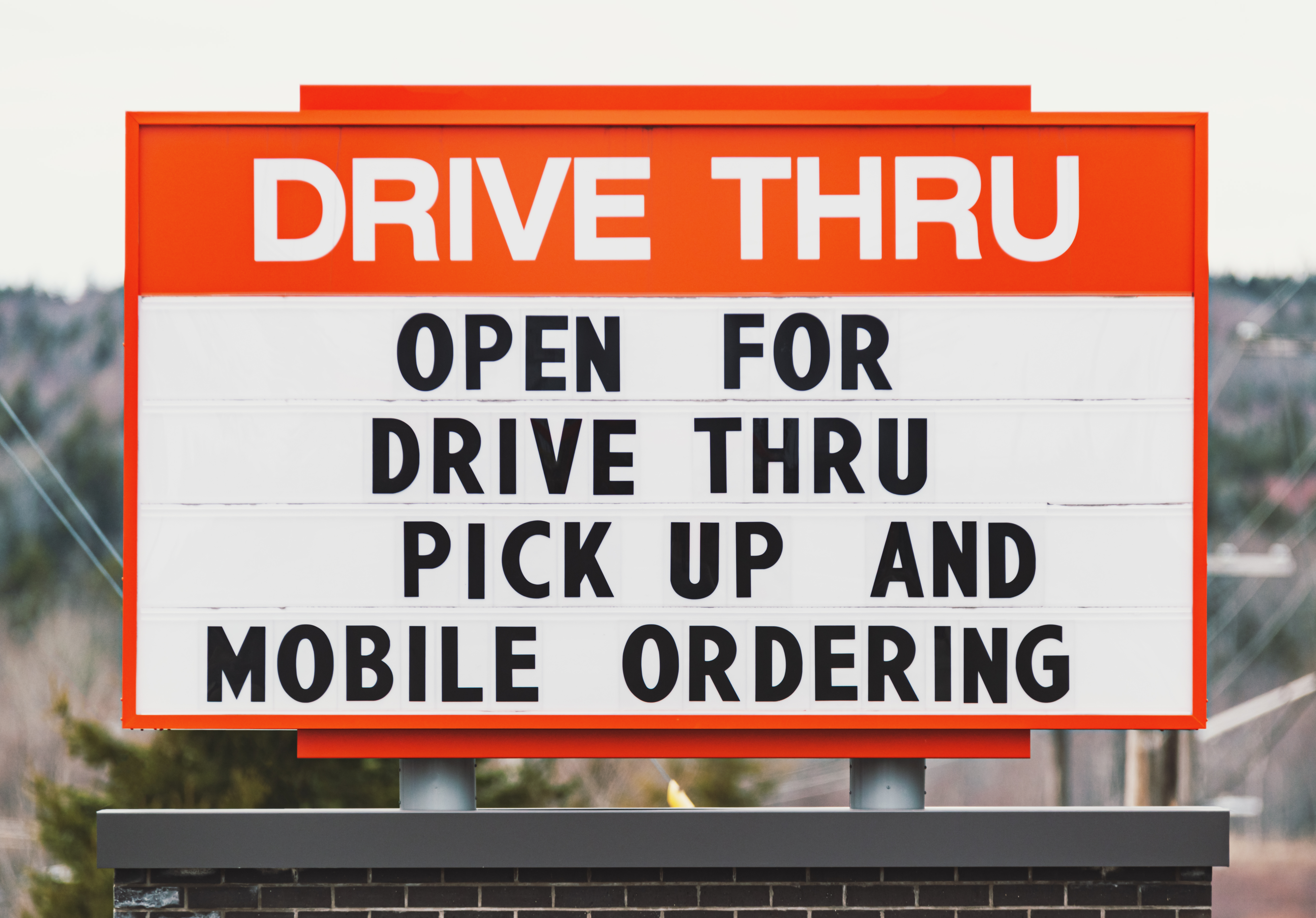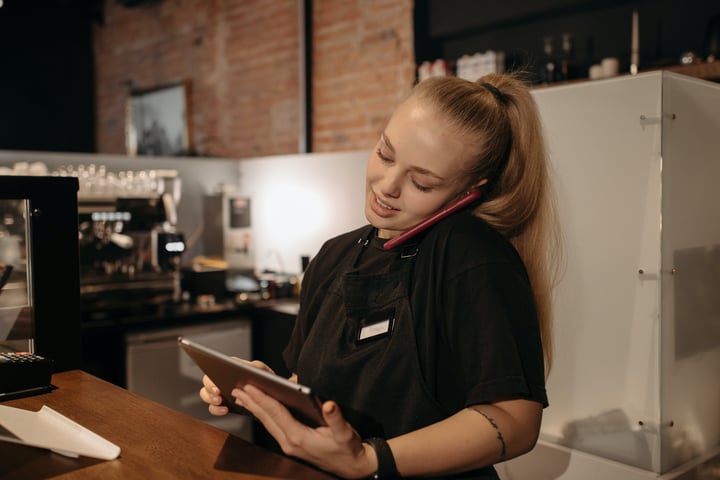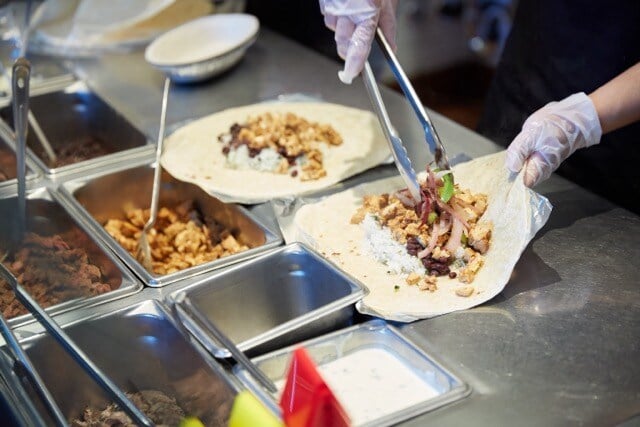
- Home
- Crunchtime Blog
- 2 Critical Food Safety Pitfalls and How Restaurants Can Avoid Them

2 Critical Food Safety Pitfalls and How Restaurants Can Avoid Them
Over the last few years, restaurant operators around the world learned hard and fast that their stagnant for communicating and driving compliance with operating procedures were lacking. New and complicated challenges surfaced overnight, exposing the need for newer systems and technology to help keep employees and customers safe.
In this new normal for restaurant operations, standard operating procedures (SOPs) for day-to-day tasks and situations, and emergency operating procedures (EOPs) to handle accidents or crises, must be built to adapt in any scenario. But in an industry that’s been unexpectedly turned on its head, this leaves most restaurant operators with one question, how?
In Zenput’s 2020 Restaurant Agility Summit, food safety expert Dr. Hal King discussed two critical pitfalls that restaurant operators face while trying to figure out how to make their processes adaptable at a moment’s notice.
Pitfall #1: Using Paper-based Processes to Track Compliance
As information and guidelines from local health departments quickly shifted during the onset of COVID-19, restaurant operators had to keep pace and communicate changes to all of their locations. For those who traditionally used paper-based processes, it became apparent that this wasn’t enough.
“When I first talk to clients . . .they realize really quick that they need to use technology to actually really ensure that all the facilities. . .of their brands are using the right, most current standard operating procedure, or the EOPs,” Dr. King said. Switching from paper-based processes to an operations execution platform, like Zenput, providers operators with the agility to quickly create and communicate changes to their team members.
Dr. King added, “Especially now with this changing all the time. Just from the matter of January to June, we still had changes to how to properly screen an employee.”
When operators rely on error-prone paper-based processes, they put employees and customers at greater risk with procedures that aren't up to date. Implementing technology helps eliminate costly, easily missed mistakes, allowing employees to work more effectively to protect customers and themselves.
Pitfall #2: Not Using HACCP or Other Processes for Menu Changes
Even before the pandemic, keeping up with quality control and food safety was essential to avoid potentially introducing contaminated food into the supply chain. Restaurants adapting to changes due to COVID-19 had to rapidly spin up or adjust menu items that were more mobile-order friendly and better geared for takeout, delivery, and curbside pick up.
“In that whole changing environment, you've got to constantly have a means to ensure that, say, the ingredients you're using in a menu item are still safe,” said Dr. King. “The source of the ingredient, the processes for preparing that food hasn't changed, and ensuring that all those SOPs are there.”

Using HACCP (Hazard Analysis Critical Control Point) or following other processes to ensure food safety, and automating processes for food preparation or temperature monitoring allows restaurant operators to quickly and proactively identify ingredients and the hazards associated with them before putting them on the menu, and ensure quality execution at the store level. Utilizing an operations execution platform like Zenput builds in the tasks and procedures necessary to prevent major food safety mishaps while tracking compliance against all safety protocols.
Future-Proofing Restaurant Food Safety: The Stakes Have Never Been Higher.

With health and safety guidelines still rapidly changing almost a year later, the stakes, along with expectations from customers and governing authorities, have never been higher.
Automation helps boost team productivity and improve the quality of work being done in every store, helping focus attention where it’s needed most: preventing or catching potential issues early – especially those that could present a food safety risk to customers.
Optimizing processes to quickly adapt to changes and communicate them across every store will ensure that restaurants can provide great, safe experiences for customers no matter what challenges loom ahead.
Watch and listen here for Dr. Hal King’s complete answer to the question, “Can you share warning signs for restaurant operators when creating their food safety processes?”
Share this post
Related


How to Identify and Prevent Pencil Whipping in Restaurants


